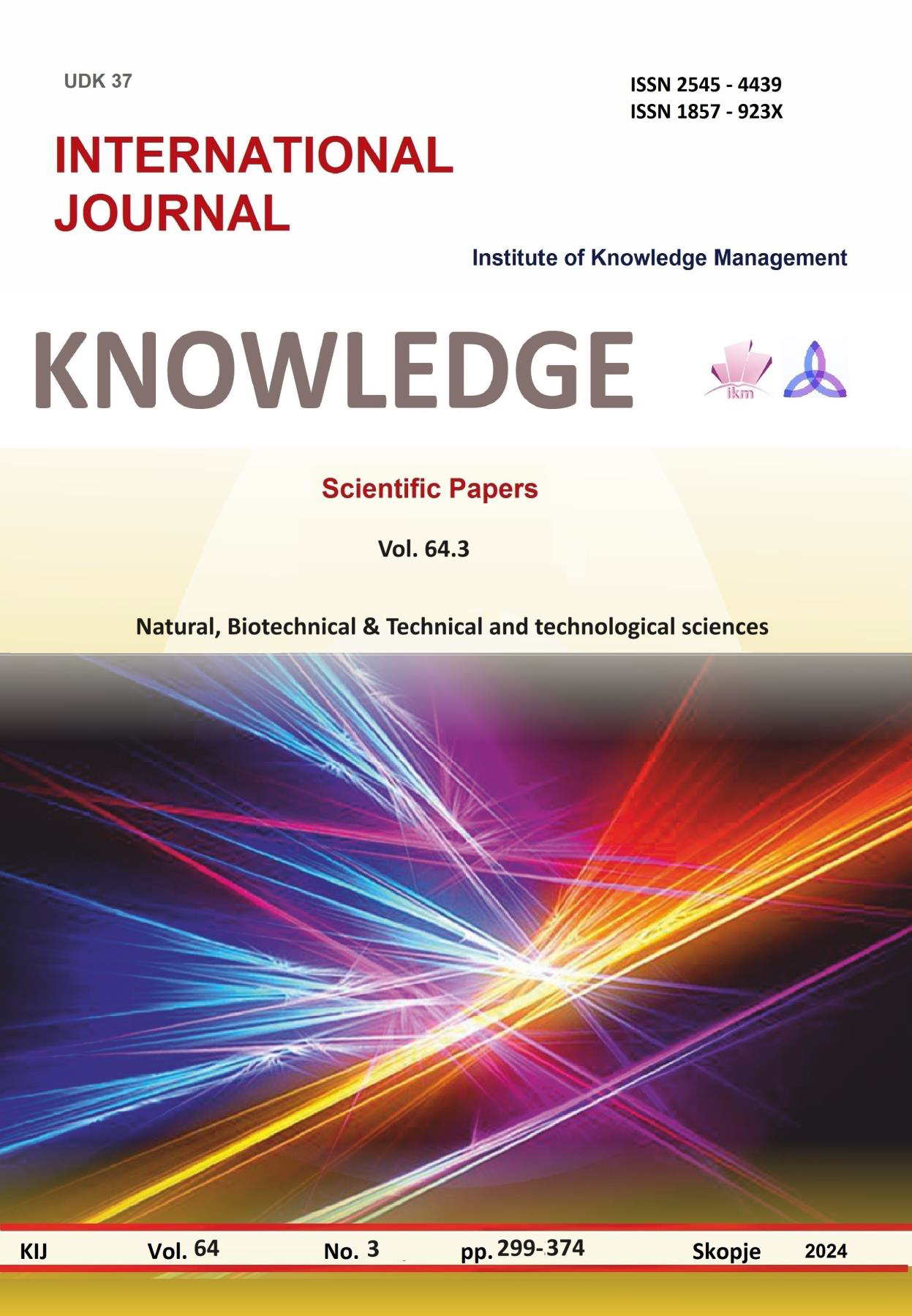СОВРЕМЕНИ ТРЕНДОВИ ВО ПРОИЗВОДСТВО НА БИОПАРФЕМИ
CONTEMPORARY TRENDS IN THE PRODUCTION OF BIOPERFUMES
Author(s): Katerina Stoilova, Viktorija Ilievska, Kristina Cvetkovska, Marija Gligorova, Vaska Zarkovska, Katerina Atkovska, Erhan Mustafa, Kiril LisichkovSubject(s): Social Sciences
Published by: Scientific Institute of Management and Knowledge
Keywords: plants;extraction;distillation;perfumes;scent notes
Summary/Abstract: Fragrance compositions are important in the perfumery and cosmetics industry, used to produce perfumes, eau de toilettes and other products. These compositions are also used to perfume cosmetic products such as shampoos and soaps. The art of fragrance compositions is individualized and intimate, causing different reactions and experiences in different people. Perfume creators are artists who express their individuality through their creations and evoke individual feelings in users. The fragrance composition is obtained from plant or animal sources through processes such as distillation or extraction. The components in these compositions create the different fragrance profiles, and the regulations establish the standards for their classification and use. Odor components in perfume compositions are classified according to their volatility into three groups: upper (which cause the initial impression), middle (which form the basis of the fragrance) and basic (which provide depth and durability). According to another classification of Piesse who draws an analogy between scent notes and music, he emphasizes the importance of the correct composition of scents to create a harmonious bouquet, as in music with the tones of the corresponding octaves. In addition, the components in perfumes are classified into different olfactory families according to their smell. There are different families such as floral, green, cypriot, aldehydic, oriental, leather/tobacco/forest and herbal. Each family has its own characteristic scent notes and is used to create different perfume compositions. Plants are the main source of fragrance components, which can be extracted from various parts of the plant structure such as flowers, leaves, roots, rhizomes, cloves, seeds and woody parts. Fruits usually do not provide the expected fragrance note after the extraction of their components, so the fragrances may be synthetically produced. The woody parts of plants, such as reeds, husks, barks and resins, are indispensable in the perfume industry because of the base scent notes they provide. On the other hand, animal sources of fragrance components include musk, civet, castoreum, ambergris, and honeycomb. Synthetic fragrance components are produced organically from various chemical compounds, such as petroleum distillates and other organic raw materials. When determining the quality of perfumed fragrance compositions, several factors are important. Not only the characteristics and stability of the fragrance components, but also the longevity of the fragrance, which depends on the strength and speed of evaporation of the components. Fixatives are compounds, with or without fragrance, that regulate the volatility of the components of the fragrance composition. These fixatives have a high boiling point and dissolve the fragrance components to regulate the even release of volatile compounds. Based on the above, it should be noted that knowing the evaporation rates of aromatic chemicals is critical in the perfumery industry. The rate of evaporation affects the duration of the fragrance note in the perfume composition. The evaporation time depends on the chemical structure, the presence of certain functional groups and the relative molecular mass.
Journal: Knowledge - International Journal
- Issue Year: 64/2024
- Issue No: 3
- Page Range: 345-350
- Page Count: 6
- Language: Macedonian

